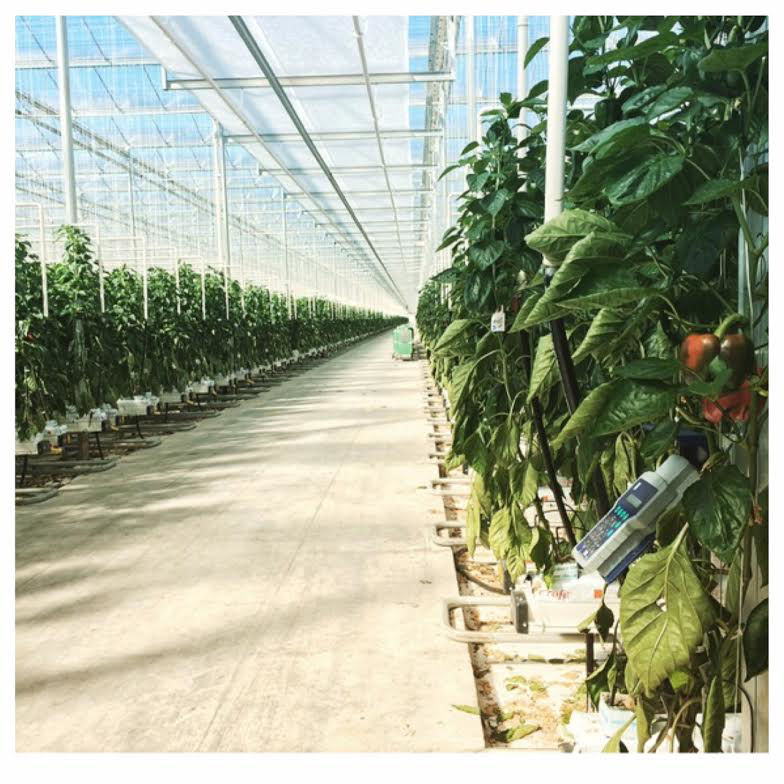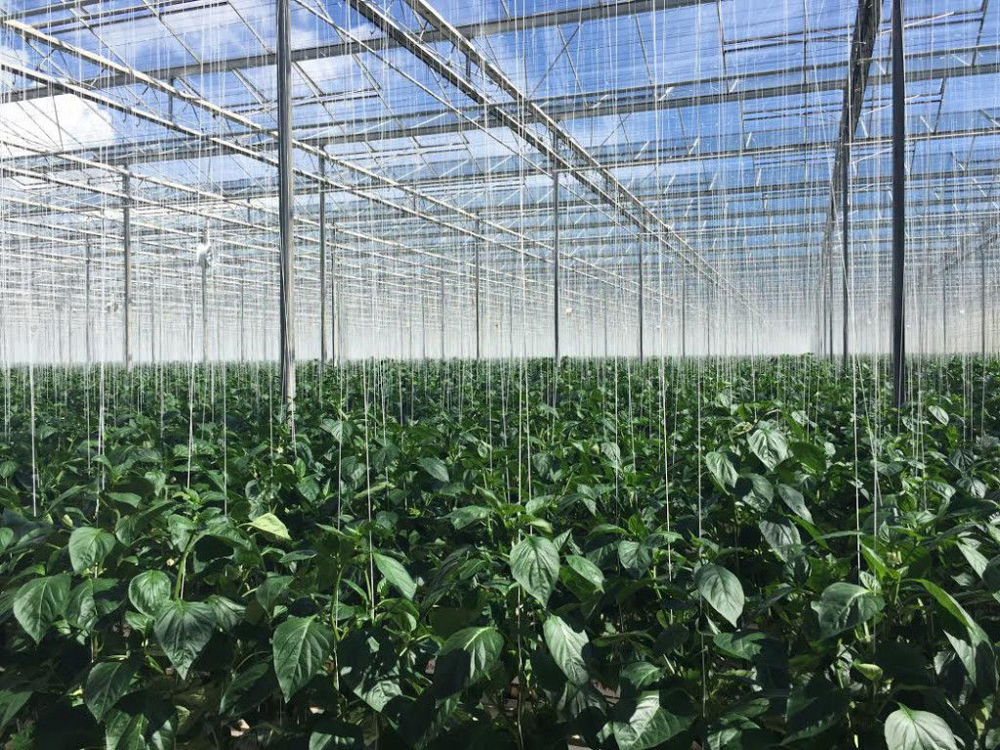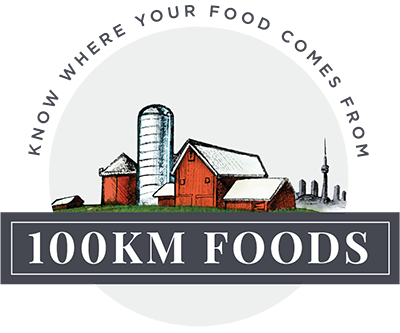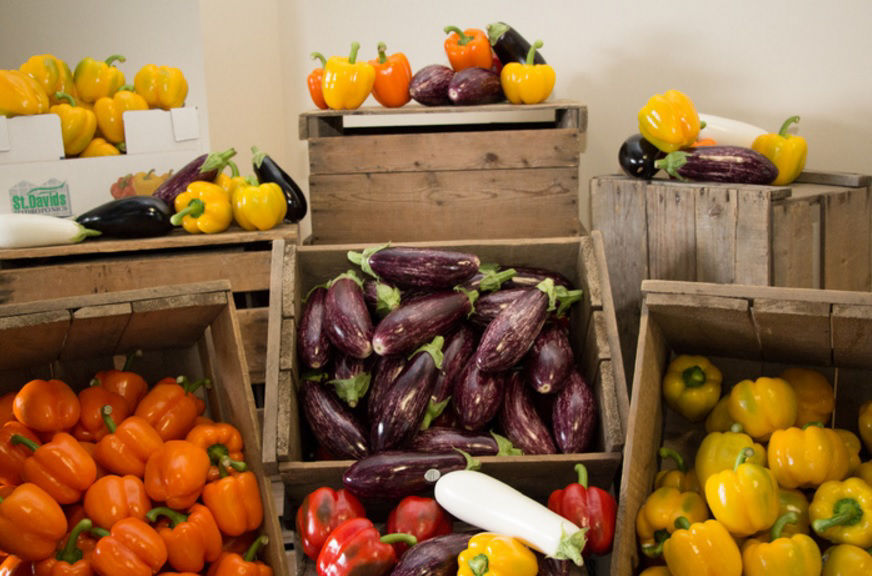_900.png)
St. David’s began in 1985 and now have over 70 acres of greenhouses. We’ve been working with them since 2010 and can assure you that St. David’s firmly believes in doing things the right way – they don’t cut corners – because they care deeply about all aspects of their operation.

Did you know that in the summertime St. David’s Hydroponics runs their operation to have a net zero carbon footprint? They don’t want to just meet minimum ministry environmental guidelines, they want to surpass them. St. David’s is located in Niagara, Ontario and this has proven to be a great location and climate to grow the products in a way that is innovative and massively reduces their carbon footprint.
To start, all the plants are grown in coconut fibre that would otherwise be waste (rather than typical soil), and are bought back by the supplier after one year’s use. Of course, growing plants creates biomass waste itself (such as vines and leaves), and they’ve come up with a way to use this biomass. They will leave a certain amount on the ground to aid their biological control program and the rest they truck over to a nearby “digester” on a regular basis. Sending waste to a digester generates methane gas that is then used for hydro by local farms and looped back into the grid.

There are so many other ways in which their operation offsets carbon use – the glass roofs are a newer technology that diffuses sunlight to create optimal growing conditions. They work to make their greenhouses a closed system, so they collect rainwater to use for irrigation, they bring in bees to pollinate plants, they even collect CO2 generated in their greenhouses and feed it back to their plants!
One of their most notable (and cool, for those of us who are wowed by biology!) programs is their program for pest and disease control. One person’s job is to scout out all the plants for pests on a weekly basis. When damaging pests show up on plants (think spider mites or aphids), their first step is to introduce a beneficial insect to help control the pest population. If the damaging pests can’t be controlled by the other insects, they will assess the damage and only do a localized pesticide spray where necessary.
All of these processes come together to offset carbon use enough so that, during summertime production, their operation has a neutral carbon footprint. They also pack orders by hand to ensure consistency. And yes, it’s a lot of work to do things this way, but everyone at St. David’s is committed to their operation and guess what? It produces delicious, gorgeous peppers and eggplants that we deliver right to you!
Our thanks goes out to St. Davids, but particularly Stacia for providing us with all the information and great pictures!

























































